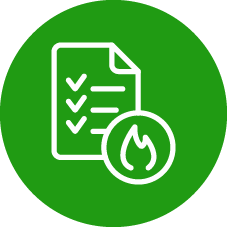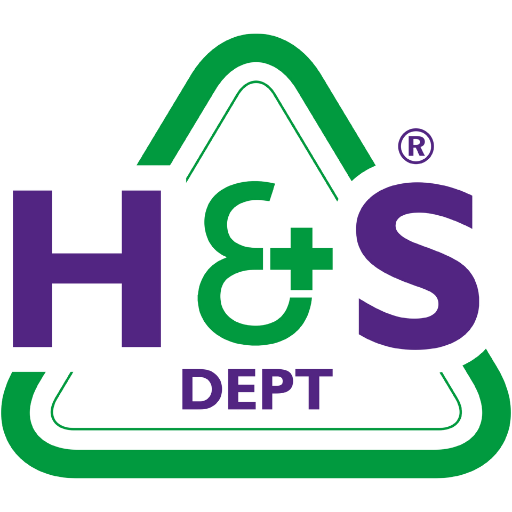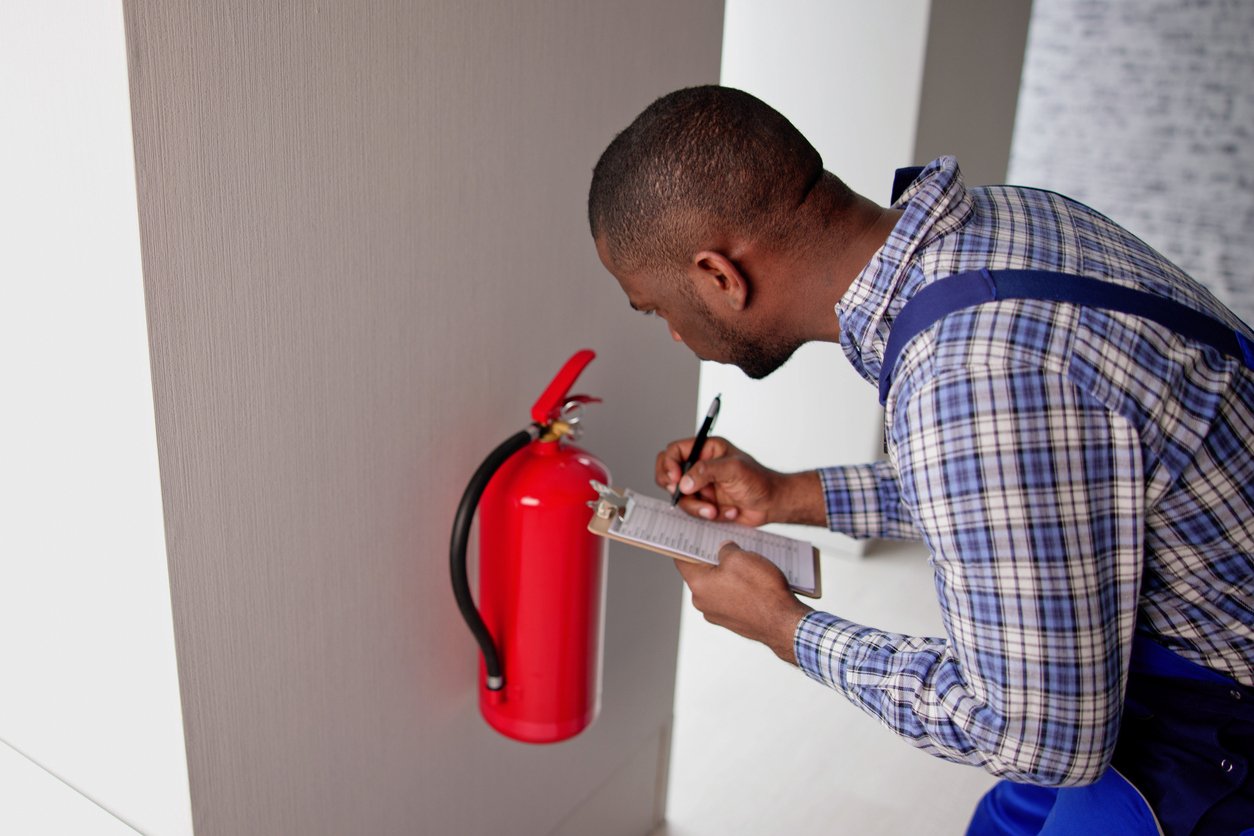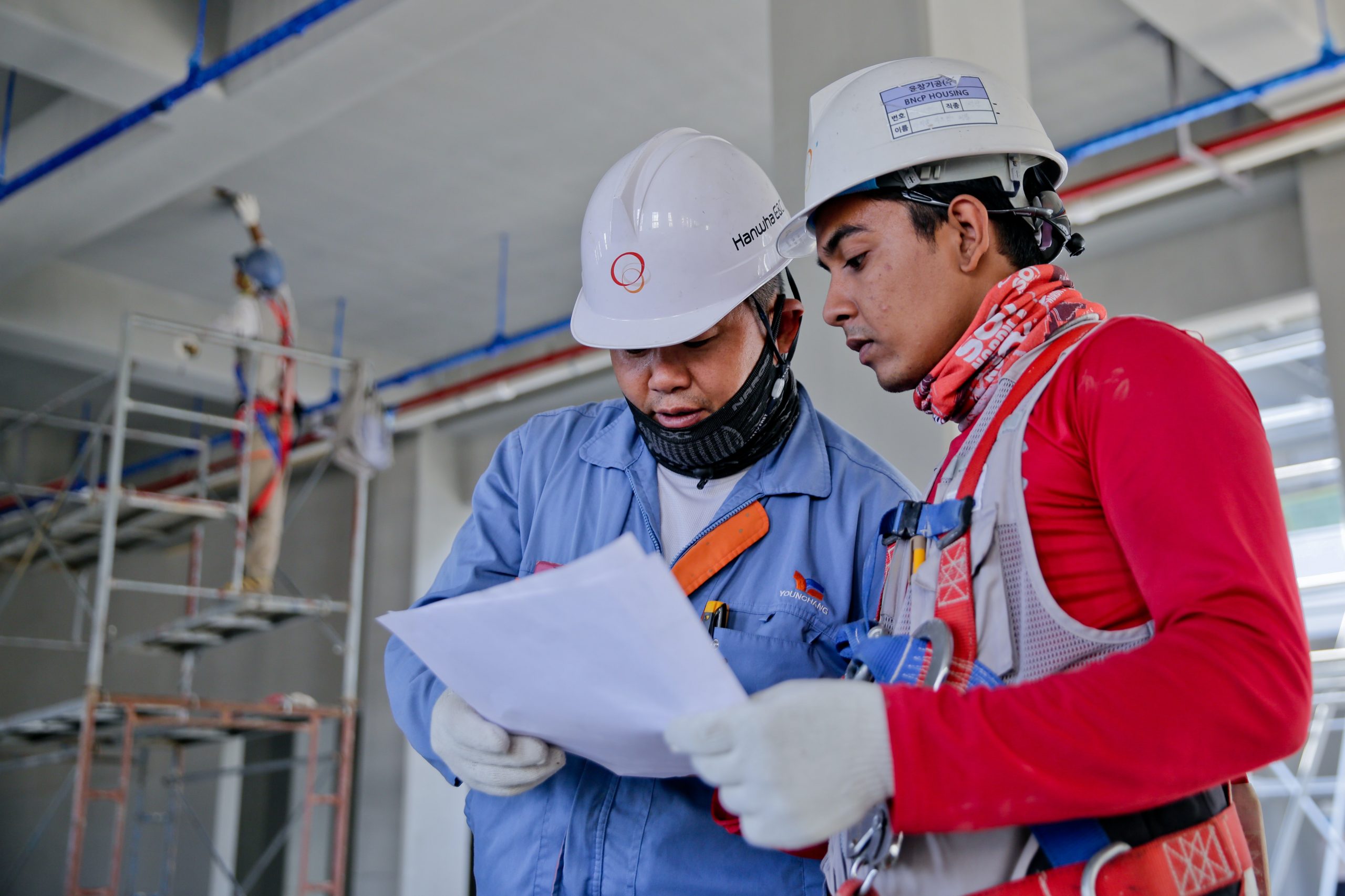Risk Assessments and
Method Statements (RAMS)
Keep your business and employees safe by knowing and managing your risks
Risk Assessment
Having risk assessments is not just a legal responsibility. What’s equally important is knowing that your staff remain safe at all times when they perform their day to day duties. We believe that everyone should come home at the end of the day and that work risk must always be effectively managed.
Our health and safety experts support businesses across the UK in managing their risk portfolios. From schools and retailers to offices and construction sites, we thrive on keeping you safe. Free up your time and allow an experienced set of eyes to identify your risks for you.
Through an in-depth yet sensible risk assessment process, our experts will clearly define the risk profile for your business. This will allow you to effectively manage risk in a way that is reasonable and not overbearing.
As well as creating your risk assessment, we can advise you on your current setup, giving you a peer review on its suitability and pointers on anything that may need tweaking.
We also offer Risk Assessment online eLearning, which covers everything you need to know about risk assessment. It only takes 30 minutes to complete. So why not give it a go?
Our risk assessments are clear and jargon-free, with your risks identified and colour-coded so you know what’s good and what’s not. Sensible suggestions will also be made on how to best control and or mitigate harm.
Call us now and schedule one of our experts to visit your business and complete your risk assessment(s) for you – save time and gain peace of mind.
What are Risk Assessments and Method Statements?
Risk Assessments and Method Statements (RAMS) are documents that companies create after they have completed a risk assessment. A method statement may not be required for every risk assessment, just those tasks or activities that are high risk eg some construction site tasks. The method statement helps manage any planned work and ensure that the necessary precautions have been communicated to all those involved. It’s becoming a standard requirement by third parties for tradespeople to produce RAMS should they wish to support larger jobs or projects.
Whatever industry you’re in, our experts can support the creation of RAMS as well as assessing your current setup for any job big or small. Becoming a health & safety expert takes a lot of training, and getting your RAMS wrong can be dangerous and delay work, impacting your business financially and your reputation.
Get in touch with The Health & Safety Dept and let our team take the reins on RAMS, so you can focus on what you do best.
Do I need RAMS for my business?
RAMS are for any business looking to improve the health and safety of business operations. Though, they are most popular among the construction industry, where day-to-day tasks involve potentially dangerous activities.
RAMS can also be used to demonstrate safe work practices, which is essential on construction sites that rely on tendering goods and services. As well as this, you can check your contractors’ health and safety policies and procedures against your organisation’s RAMS documents to mitigate risk across your supply chain.
How your business will benefit from using RAMS
As well as making your workplace safer, RAMS improves your business operations and protects it from the consequences of poor risk management. They do this by:
Ensuring smart decision making
Sometimes, decisions will need to be made by workers on the spot without formal approval in order to prevent certain roadblocks. Method statements give workers the answers they need and support safe decision making.
Preventing misunderstandings
There’s no room for error on a construction site — and misunderstanding how to complete a task can cause accidents and injuries. Because they lay processes out step-by-step, RAMS leave no room for confusion.
Increasing productivity and efficiency
RAMS banishes hesitation and experimental approaches to work with clear instructions on how to complete tasks safely. With RAMS, all qualified, trained workers can complete the task at hand.
Reducing sick days
By managing risks and ensuring employee health and safety, RAMS can reduce absence due to sickness — helping you cut back on sick pay, cover and potentially compensation.
Reducing the risk of fines and other penalties
RAMS reduce the risk of your business being fined or facing other legal penalties by helping you improve workplace health and safety and comply with risk management legislation.
Safeguarding your business’s reputation
By protecting people from harm while they’re working, RAMS helps you avoid a bad reputation that would inevitably come from poor risk management.
Choosing The Health & Safety Dept for your RAMS
The Health & Safety Dept helps thousands of businesses in the UK with RAMS, whether it’s creating risk assessments or assessing and improving current ones. And our experts are on-hand to help your business, too.
Our approach is unique in that we make RAMS understandable for you, so you get the most out of our services. Clear, simple and jargon-free is what we’re about. We’ll colour-code your risks, so you’ll know what’s good and what’s not and give you suggestions on how to control and or mitigate harm. By working with you to understand exactly what you need, we can tailor our approach specifically to your business, giving you peace of mind that your RAMS will be 100% effective.
We’ll provide you with the solutions to support your risk management, and can help you manage it every step of the way. What’s more, we stand by you in the long run, too, offering to review or tweak your RAMS as your business grows.
Risk Assessments and Method Statements (RAMS) FAQ
How often should RAMS be reviewed?
Reviewing your risk assessment and risk management practices is advised annually or whenever there is a substantial change to your workplace, such as how it operates or its design. New machinery, substances and procedures should also influence a review of your risk assessment and management practices. Likewise, if there is an injury or accident as a result of hazard exposure.
What is the purpose of a risk assessment and method statement?
Because they’re both common health and safety documents, people get them mixed up. While the differences are subtle, it’s important that you know the difference between risk assessment and method statements.
Risk assessments identify and assess the hazards and risks at work and from here, suggest control measures to mitigate the risk. Method statements detail step by step how a task should be completed safely.
What comes first, risk assessment or method statement?
Risk assessments make up the basis of a method statement, and therefore, should always be done first. The risk assessment will identify if an activity is high risk or complex, while the method statement will detail how the job or task is to be carried out safely.
How many parts are there to a risk assessment?
A risk assessment will protect workers and the public from hazards. As well as identifying the hazards, it should put precautions in place to prevent accidents and ill-health in the workplace.
There is no right or wrong way to do a risk assessment. Though there are five steps to follow that ensure it has been carried out correctly. The five steps are:
- Identify the hazards
- Decide who might be harmed and how
- Evaluate the risks and decide on control measures
- Record your findings and implement them
- Review your assessment and update if required
Who is responsible for writing RAMS?
It is the employer’s responsibility to ensure the health and safety of employees and contractors and therefore, it is the employer’s job to make sure RAMS are carried out and the right precautions are put in place to prevent anyone from getting hurt.
What are the legal requirements of a risk assessment?
Whether you’re an employer or self-employed, UK law states that you must carry out and conduct risk assessment practices. The 1999 Management of Health and Safety at Work Regulations (MHSWR) states that employers must:
- Assess risks to self, employees and any other people who have contact with the workplace or work processes.
- Review and assess over time and address any changes.
- In the case of organisations with five or more employees, keep a record of risk assessment findings, and identify people who are considered at risk.
What is ISO31000?
Published in 2009, ISO31000 is an international standard for Risk Management and can be used by any type of organisation. Outlining a generic approach, it provides guidelines and principles for effective risk management, which can be used for a variety of risks, including financial, safety and project risks.
ISO31000 provides a uniform vocabulary and concepts for discussing risk management, as well as guidelines and principles that help to undertake a review of your business’s risk management process.
Need a risk assessment for your business?
Related content

Related Services

Safe Systems of Work

Fire Risk Assessments

Accident Investigations

Looking for expert health & Safety support?
We can help you focus on your business by taking care of all your health & safety needs.
Let us know how we can help or ask about our free initial H&S review.
Safety solutions that grow with you
Get in Touch
Subscribe to our newsletter
Office Address: The Health & Safety Dept, First Floor, 3 Brook Office Park, Emersons Green, Bristol, BS16 7FL | VAT Number: 900674738 | Registration Number: 06316590
Copyright © 2007 – 2023 The H&S Dept Ltd. H&S DEPT is a registered trademark belonging to The H&S Dept Limited.









